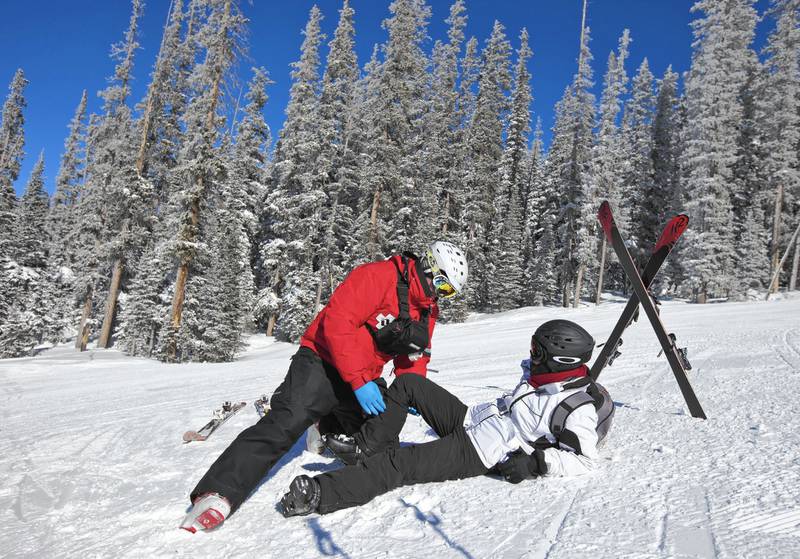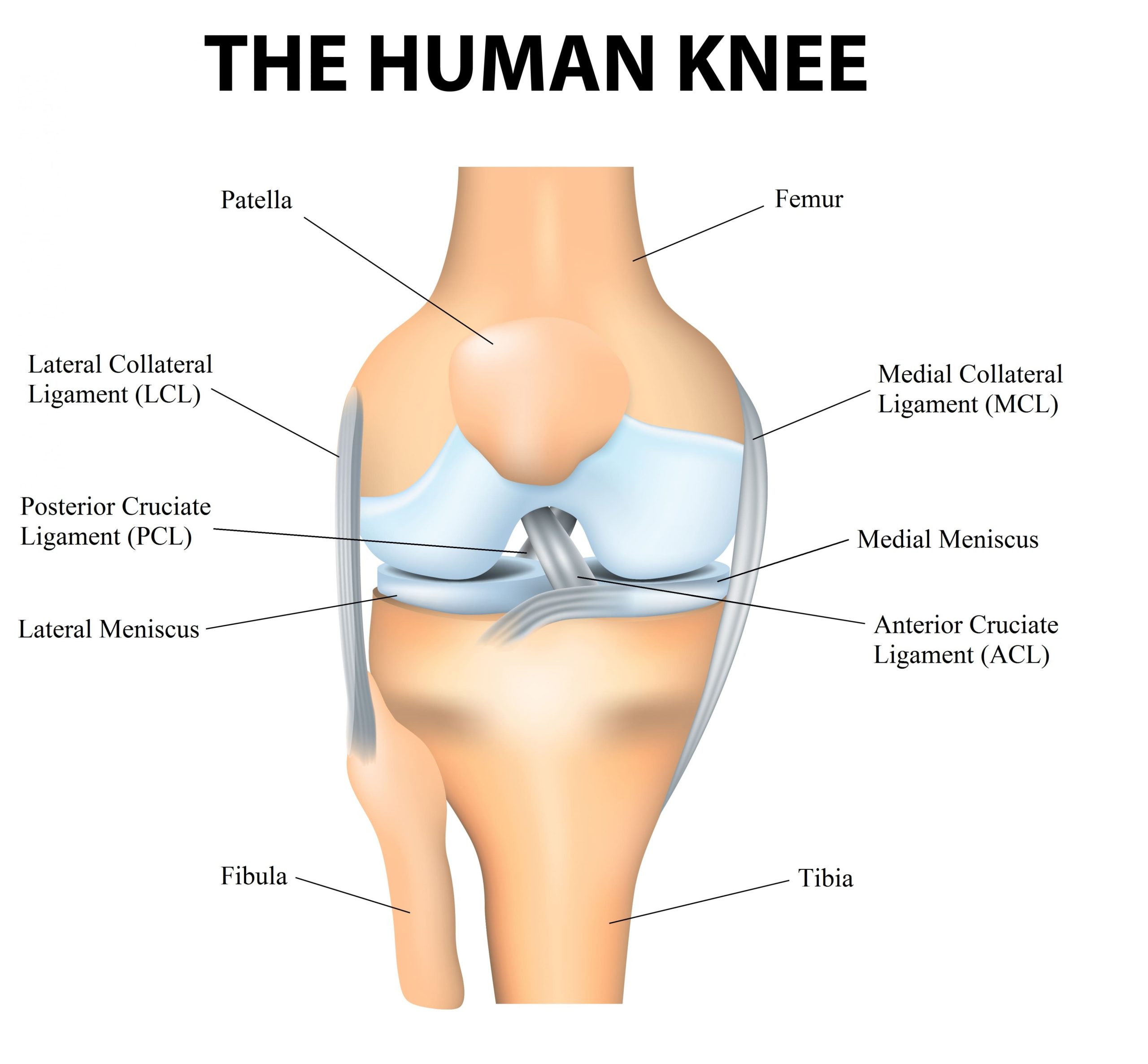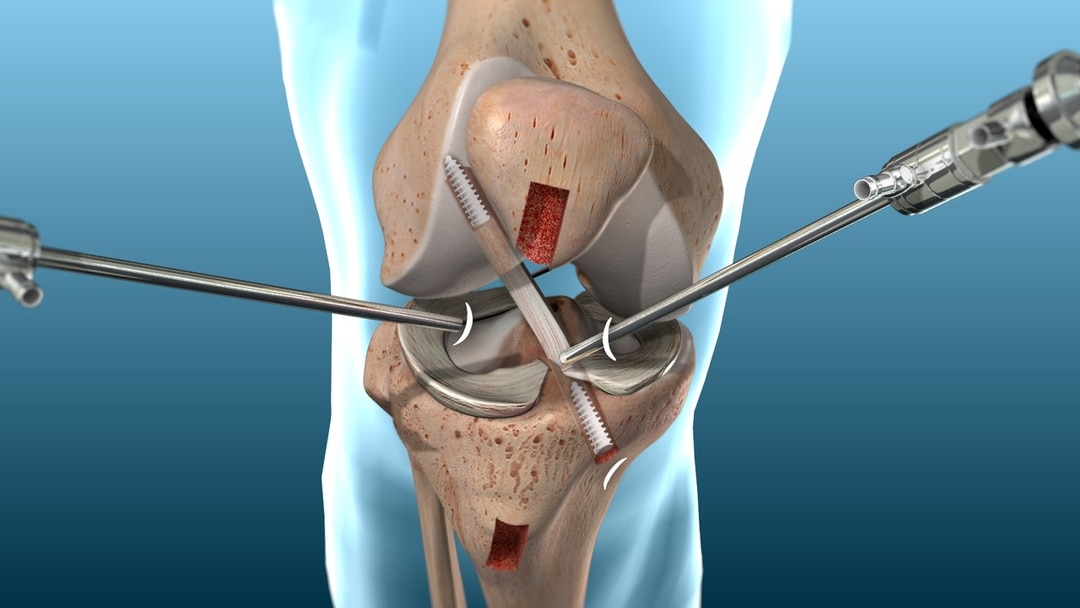
U.S. Ski and Snowboard Team doctor and practicing Steamboat Springs orthopedist Dr. Alexander Meninger recently became the first doctor in Colorado to perform an anterior cruciate ligament (ACL) knee repair using the BEAR technique or Bridge-Enhanced Repair Technique. Dr. Meninger examines many knee injuries in his sports medicine practice and states, “ACLs are among the most common injuries that orthopedic surgeons nationwide take care of. Upward of 400,000 annually. Skiing is a demanding sport, and especially those who are beginners, they might be more prone to injury or those pushing their limits.”

What is the ACL exactly?
The ACL is a small ligament (~2cm) inside the knee joint, which helps to provide structure to the knee joint. The ACL connects the femur bone to the tibia bone and specifically prevents the lower leg from abnormally twisting or dislocating forward. It can rupture for any number of reasons.
Non-contact reasons include:
- Twisting
- Landing awkwardly after a jump
- Hyperextending the knee
- Sudden deceleration
Contact reasons for injury typically involve a direct force to the knee pressing it backward and inwards (e.g., tackling).
History of Surgical ACL Repairs
For the better part of the last four decades, ACL repairs have required a reconstruction of the ACL using a graft; either from the patient’s patella, hamstring, or some other type. The graft was used to help suture the two ruptured ends back together. This became the gold standard for surgical repair until six years ago, when the BEAR technique was introduced as a viable alternative.

Bridge-Enhanced ACL Repair
The idea behind the BEAR technique is that it allows for the native ACL to heal itself and thereby offers the best possible outcome. The technique sutures a “bovine collagen matrix” between the two torn ends of the ligament. This matrix provides a scaffolding by which the native ACL cells heal the ligament. This new “Bridge-Enhanced” repair is the key to the surgery.

Benefits of the BEAR Technique:
- Lack of secondary allograft site (less invasive)
- Arthrotomy rather than arthroscopic surgical technique (less invasive)
- Similar postoperative recovery period in terms of time 9-month rehab program
- Purported decrease in the incidence of the ACL repair postoperative arthritis (long-term results not yet available)
Although an ACL injury is never planned and often makes for a tough day for those less fortunate, there is promising news about your surgical options. This BEAR technique may be an idea you can speak about with your orthopedist. Then again, I’d rather we stay strong and healthy and avoid it altogether!